
Mary Ann Martin was unaware of her Cahuilla Indian heritage until after her mother, Roberta Augustine, the last living member of the Augustine Band, died in 1986. In her early 20s at the time, she moved to the Coachella Valley with her three children and larger-than-life dreams to reclaim her history and re-establish the Augustine Band of Cahuilla Indians.1

Under her nearly 30-year guidance, one of the nation’s smallest Tribes established a tribal government, resettled their reservation in Coachella and built the Augustine Casino to ensure long-term economic success. Her dreams included a renewable energy project, a cultural center to preserve the band’s history and an organic farm to feed not only members, but the community at large.
Martin lived to see the Augustine Band regrow to 12 members (now 16) and their casino flourish to become one of the largest employers in the eastern Coachella Valley. A sizeable 25,000-panel solar field was erected, and in 2014, work began on an organic farm. Sadly in 2017, Martin passed before completing all her awe-inspiring initiatives.
Today, her dreams of providing healthy food for the community at large and preserving the Tribe’s history are coming true thanks to the admiration and dedication of her children. In January, under the guidance of her eldest, Amanda Vance, who succeeded Martin as Chairperson in 2016, the Tribe unveiled the beautiful, time-honored Temalpakh Farm featuring a natural market and cultural center (scheduled to open later this year).
“This farm was the vision of my late mother, Mary Ann Martin,” says Vance. “She single-handedly rebuilt the Tribe and reclaimed our lands. Her dream was to grow healthy, organic food that is also affordable, and provide it to the local community. When I came on as chair, I wanted to ensure that dream became a reality.”
Regenerative farming
Visiting the farm is a treat and all are encouraged to do so. The unassuming entrance presents a winding, paver drive lined with serene native landscaping and bright white fencing. You’ll pass an authentically built thatched ceremony hut and sculptures honoring times gone by. At the end, you are greeted by a viewing platform overlooking the property and featuring seven feather sculptures representing the current tribal council members. A beautiful foot path leads to the adobe market and cultural center.
Temalpakh (Te-MAL-pak) is the Cahuilla word for “from the earth,” which is one of the many things you’ll learn on a tour with Tribal Educator and Developer Specialist Nicholas Rajen. His passion for the history and knowledge of Indigenous and organic farming is both fascinating and inspiring. What the Tribe has done with the land, from clean up to re-engineering the soil, to creating an environment that works seamlessly with nature, is heartening.
“Regenerative agriculture (a 2022 Global Wellness Trend) has its roots in Indigenous agriculture,” explained Nic, who introduced me to The Three Sisters, or the milpa system.
“You plant corn and allow that to grow. Then you plant beans around the corn which acts as a trellis for the beans. The beans tie the corn roots down in the soil and as legumes, balance nitrogen and enrich the soil.” He adds that honey and screwbean mesquite (native bean pod-producing trees) are also nitrogen fixers and Cahuilla ancestors would selectively utilize soil from around mesquite trees for their gardens. “After the beans take root, you plant calabazas (gourds and or squash) which act as a pest deterrent and protect all three crops. You then have integrative pest management and are feeding people highly-dense nutritious food.” This philosophy is the basis for the farm which features garlic, peppers, lettuces, eggplant, kale, carrots, celery and more.

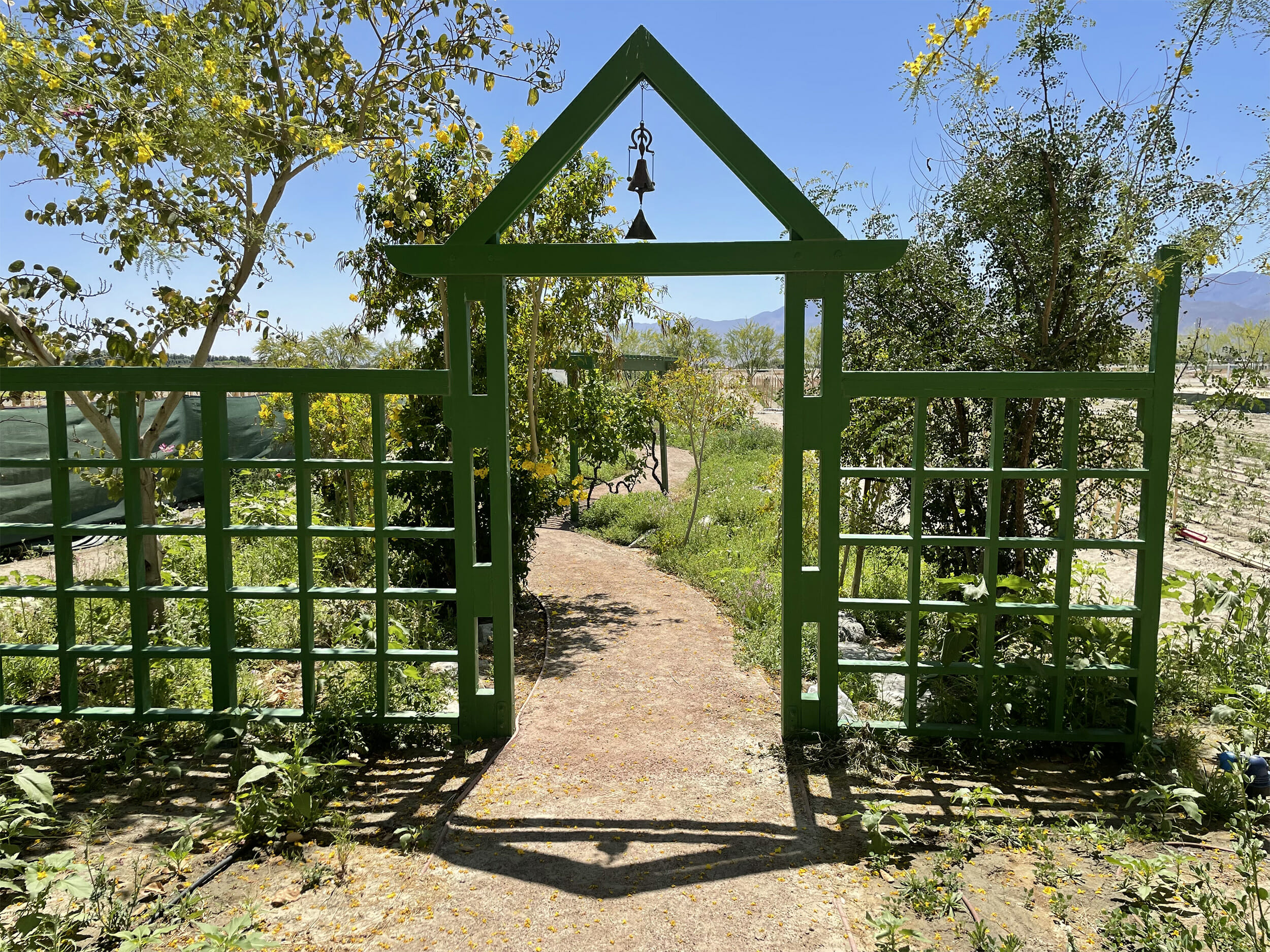
Another secret ingredient is the brightly colored pollinator corridor, one of the first elements constructed to attract lady bugs, bees, dragonflies and spiders, to balance pollination and insect control naturally. A strolling path allows you to observe the magic of it all at work.
“One of the narratives we are building to educate youth and adults in our community is the seed-to-stomach story,” adds Nic. “To have truly healthy soil is to have ‘living soil.’ Dirt is rich in minerals that support a complex life of bacteria, fungi and microscopic beings all the way up to birds and humans. When you eat food that the seed has produced, you are also supporting organisms in your own body, your microbiome, so it all starts with healthy, living soil.” Plans for their youth education program include microscopes to view and compare organisms in the soil.
The market
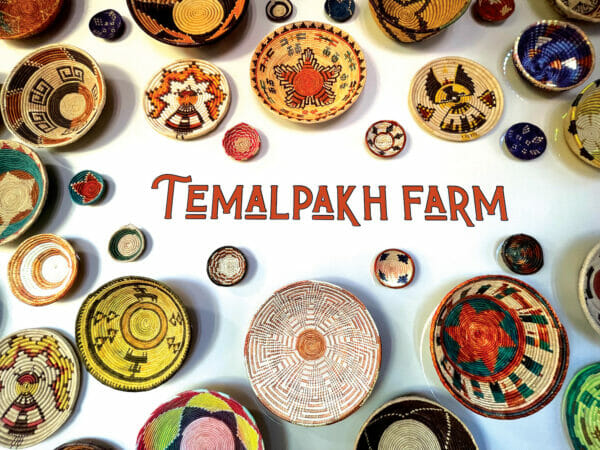
The market features fresh seasonal produce from their fields and other regional organic farms, a few locally made products, fresh ground coffee and a tasty smoothie bar. Décor includes an artful display of woven baskets representing a variety of Tribes nationally, inlaid medallions by Yucca Valley artist Cory Hamilton and colorful murals by Frank Lemus of Coachella.
The variety and abundance of produce will change with the seasons, and the Tribe hopes to remain open year-round. The smoothies are a refreshing natural treat and reason enough to visit. The Palm Tree Brew with dates, unsweetened almond milk, mesquite powder, banana and coffee (optional) is recommended, while the PB&J (blueberries, peanut butter, apple juice, spinach, banana, honey and dates) is reminiscent of childhood. None of the creative combinations disappoint. Temalpakh also offers an organic Farm Box pickup program throughout the year with availability noted on their website.
Viewing platform
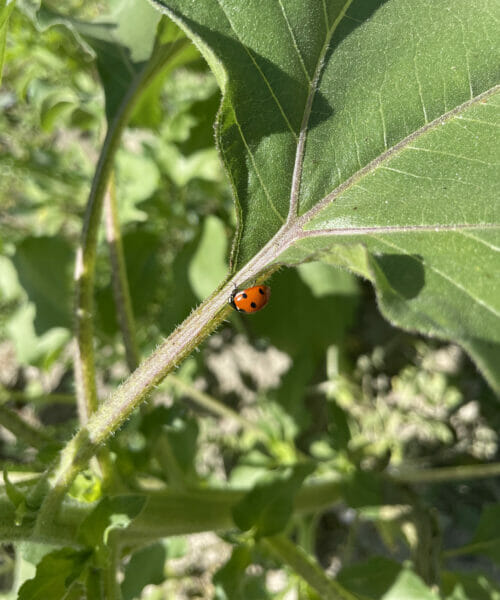
A spiral path leads you to a viewing platform from which you can see the produce fields, date palm grove, solar farm and beyond. What the tribe has done to turn this land, once a dumping ground, into this hidden gem of history and health for our community, is very impressive. Each element was thoughtfully created, especially the seven towering features which honor the current tribal elders.
“As a poetic and beautifying gesture, the current council approved for the statues to be made out of old tires collected from the property cleanup as a sign of restoring the land and restoring the people,” says Nic.
At first glance, you would never imagine the material of this colorful art to be repurposed tires, but a closer look reveals a potpourri of treads made into honorable symbols by artist Blake McFarland. Enjoy your smoothie while strolling around and taking it all in.
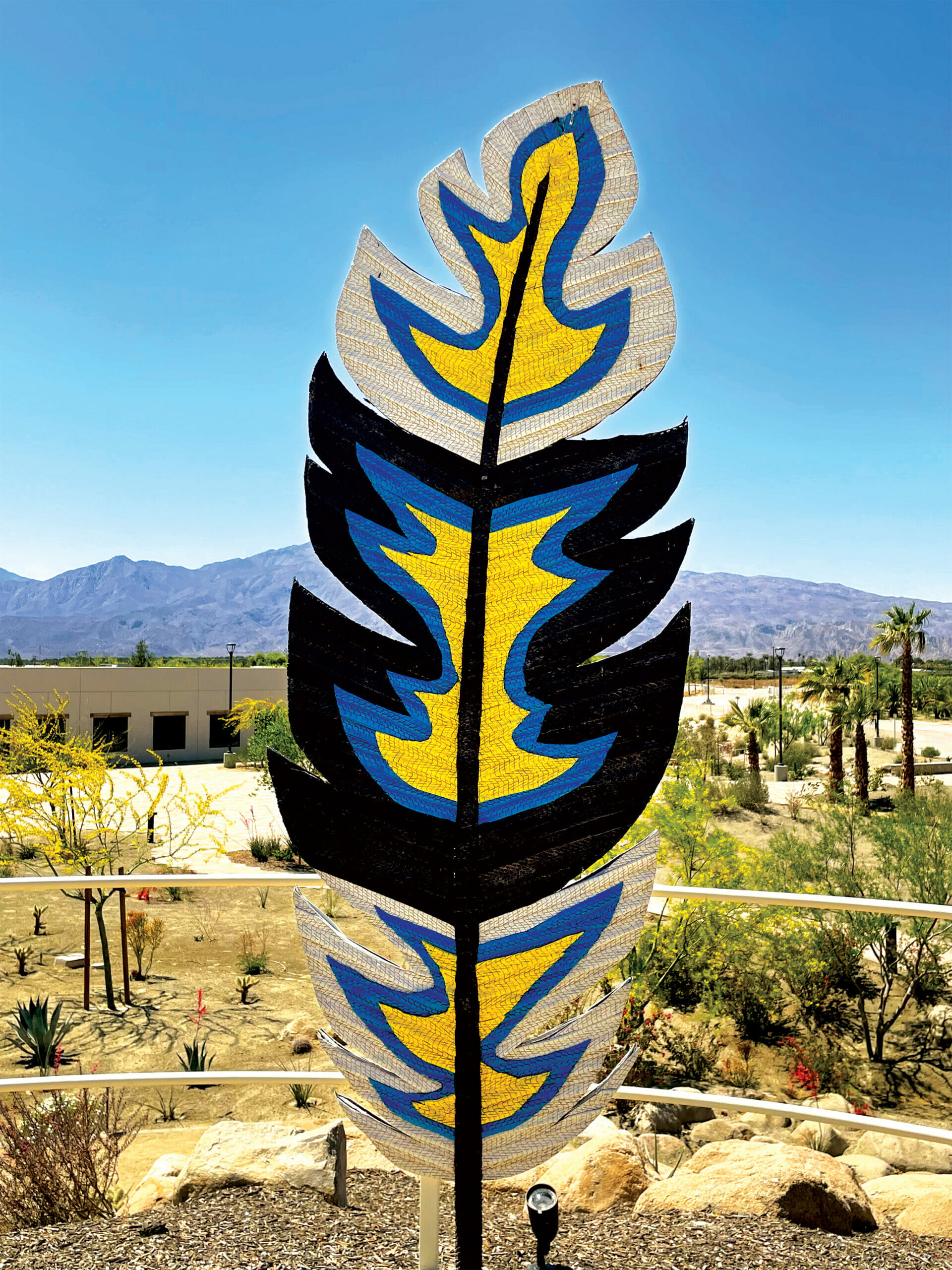
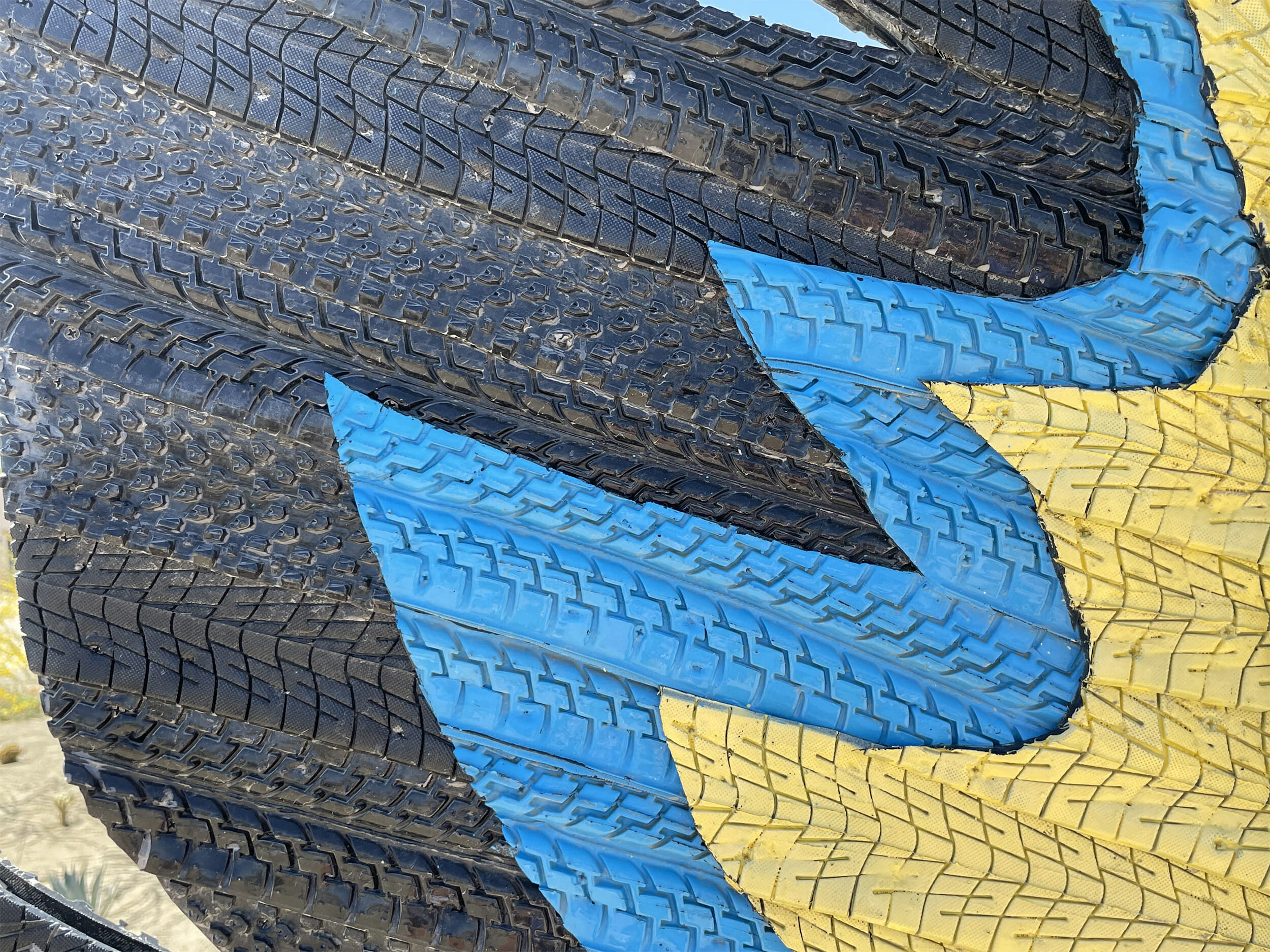
In reading about the Cahuilla, I learned that industriousness was a highly valued characteristic; they admired people who worked “steadily, carefully and productively.” Another valued behavior was reciprocity, giving as much or more in return than you receive.2 It is obvious that these commendable values live on today.
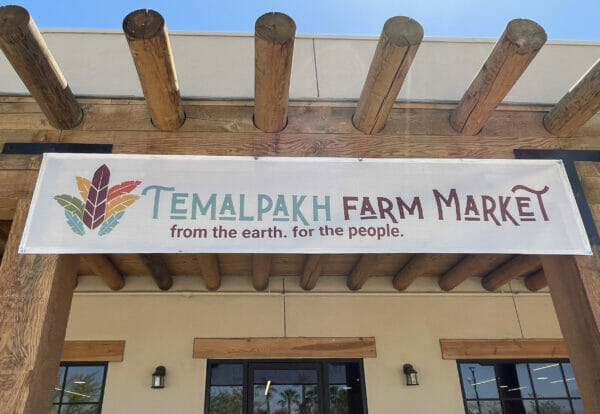
The small, yet strong Augustine Band has big plans for Temalpakh Farm. All are sure to enrich the lives of those who support it by educating us on our community’s past while demonstrating and providing wholesome food – from the earth and for the people.
Temalpakh Farm is located at 1 Roberta Way in Coachella (Van Buren Street south of Avenue 54). Current hours of operation are Monday – Thursday and Saturday 9 a.m. – 2 p.m.; Friday 9 a.m. – 4 p.m. For tours, educational events and to confirm hours of operation, please call (760) 391.9576. For more information, visit www.temalpakhfarm.com. Editorial by Desert Health Publisher Lauren Del Sarto.
References: 1) https://en.wikipedia.org/wiki/Mary_Ann_Green; 2) Lowell John Bean, Lisa Bourgeault, Indians of North America: The Cahuilla (NY, Chelsea House Publications, 1989), pg 48.












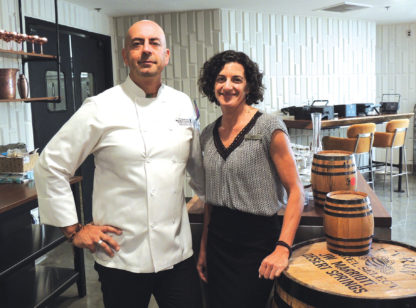
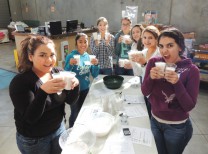



































Comments (0)